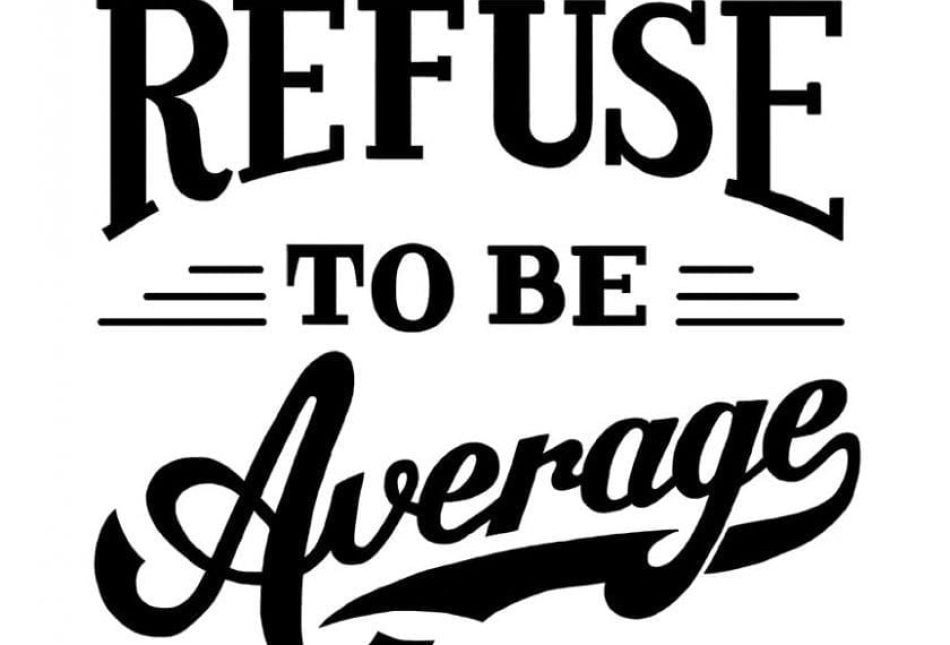Success for N.M. Minority Students Lies With Adults

Is demography destiny?
If so, say some experts, states with growing Hispanic populations seem doomed to fail, weighed down with ineffective school systems and abysmal test scores.
One academic recently predicted states like New Mexico will become the “Appalachia of the 21st Century.” He based his prediction on well-known statistics concerning the dropout and low achievement scores of Hispanic students. Nationwide, Hispanics drop out of high school at appalling rates. When they do graduate, they have achievement test scores roughly equivalent on average to eighth grade Anglo students.
How about it New Mexico: Are you going to accept this fate for your children and your state?
States can overcome this challenge. How do we know? Florida.
Startling statistics show that with abundant school choice and systemic education reform, Florida’s Hispanic students already eclipse the average academic performance of many states.
Tackling education reform in Florida is a tougher nut to crack than in Massachusetts or New Hampshire. Low-income students make up almost half of the K-12 student body, with a “majority minority” ethnic mix. Florida spends below the national average on per student funding.
Former Gov. Jeb Bush pushed through an education reform strategy of accountability from both the top down (state testing) and bottom up (parental choice) in 1999. Bush’s A+ Plan emphasized standards for the schools and transparency for parents.
Florida grades the performance of schools A, B, C, D or F and rewards success and creates consequences for prolonged failure. Once provided truth in advertising, communities rallied to the aid of their students, donating thousands of hours of volunteer tutoring for students. Failing schools faced consequences for prolonged failure, including school vouchers for their students.
Bush’s parental choice in schooling plan also included the creation of the nation’s largest school voucher program — the McKay Scholarship Program — for students with disabilities and the Step Up for Students tax credit for economically disadvantaged children.
Today, more than 820 Florida private schools educate almost 19,000 children with disabilities through the McKay program. A similar number of low-income children are benefiting from Step Up for Students. Florida also has a vigorous and growing charter school program, with more than 375 charter schools educating more than 100,000 students.
So what does Florida have to show for this tough mixture of high-stakes testing and parental choice? The best source of data to answer this question comes from the National Assessment of Education Progress. The NAEP tests representative samples of students in every state on a variety of subjects and is the nation’s most reliable and respected source of K-12 testing data.
Researchers focus heavily on fourth-grade reading scores as a bellwether for future academic performance. Children who do not learn to read in the early grades almost never recover academically.
In 1998, a stunning 47 percent of Florida fourth-graders scored “below basic” on the NAEP reading test, meaning they were functionally illiterate. By 2009, 73 percent of Florida’s fourth-graders scored basic or above — a remarkable improvement in a short period.
Best of all, improvements among Hispanic and African-American students helped to drive the overall results. Florida’s Hispanic students now have the second-highest reading scores in the nation; and African-Americans score fourth highest when compared to their peers. Both groups have a great deal of momentum on their side.
The average Florida Hispanic student score on NAEP reading tests (conducted in English mind you) is now higher than or ties the overall average scores of all students in 31 different states — including predominantly Anglo states such as Iowa, Minnesota and Washington. Florida’s African Americans outscored or tied eight statewide averages for all students.
Florida’s reforms have been so successful that the Miami-Dade County Public School District, 91 percent of whose students are either Hispanic or African American, outscores the statewide reading average for Oregon — a highly Anglo and relatively wealthy state. What worked in Miami can work in Albuquerque.
Demography need not become destiny in New Mexico or anywhere else. Education improvement is not about the kids. The kids, even the poor and minority kids can learn. The roadblocks to improvement are with us adults, not with the kids. If New Mexicans decide that they want something better for their children, they can achieve it. If they reject the fate of becoming an educational and economic backwater, others already have departed from this path.
Fortune favors the bold, and New Mexicans can secure a brighter future if their adults have the wisdom and courage to embrace it.
Matthew Ladner is an adjunct fellow with New Mexico’s Rio Grande Foundation.

